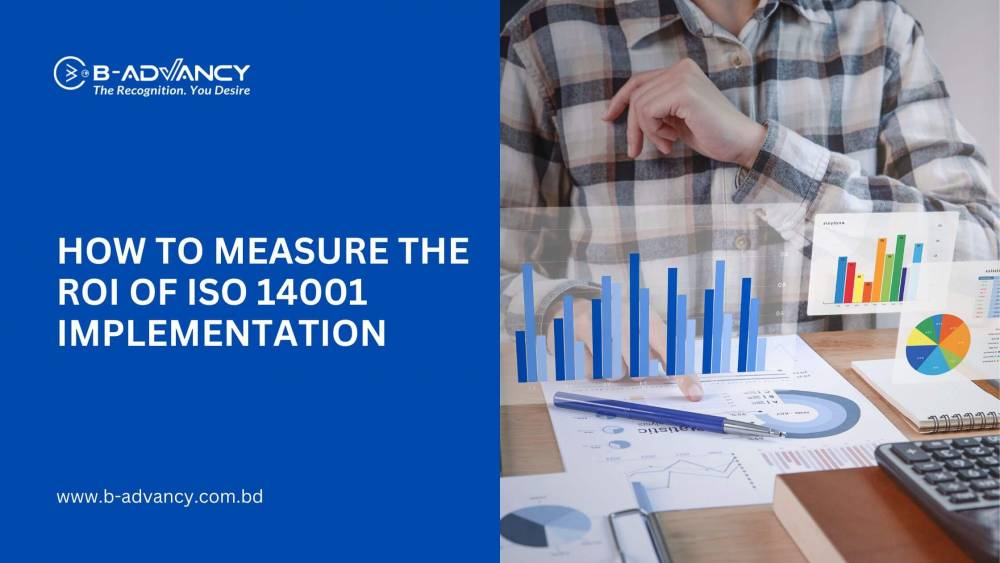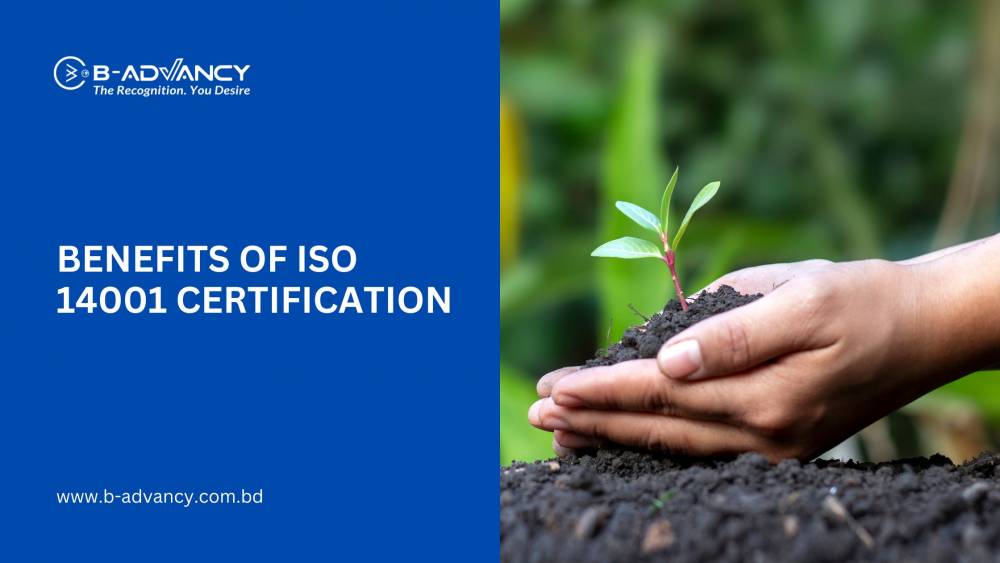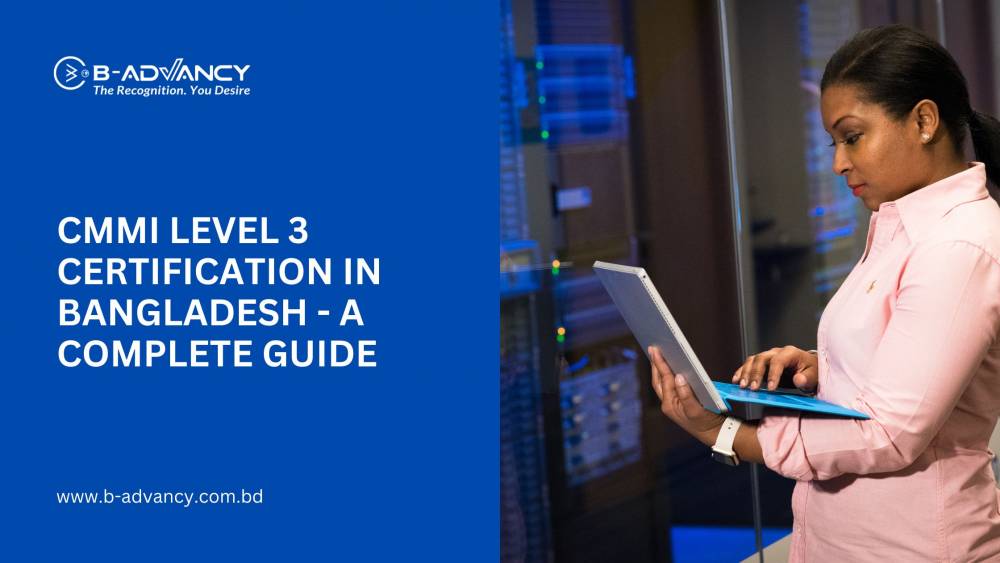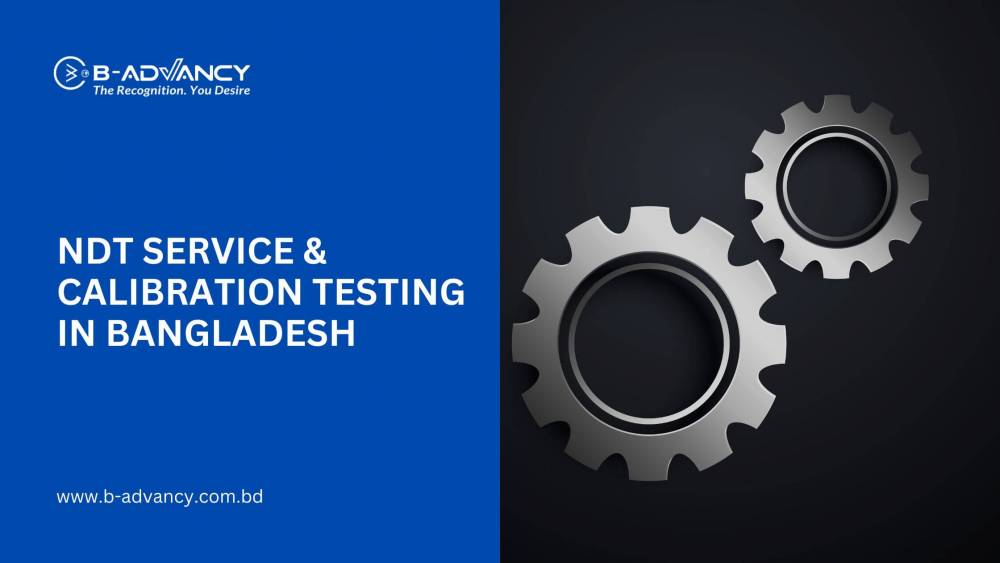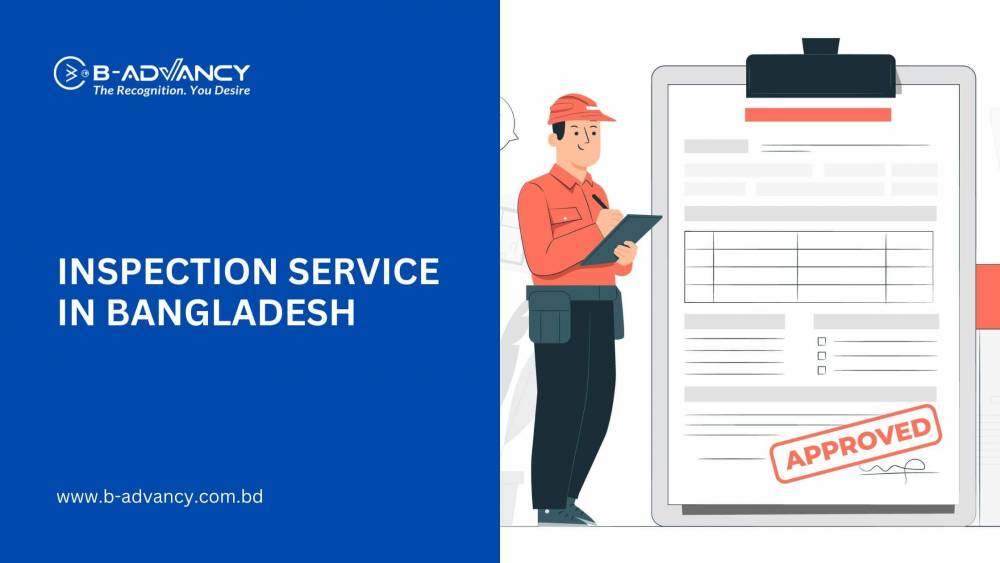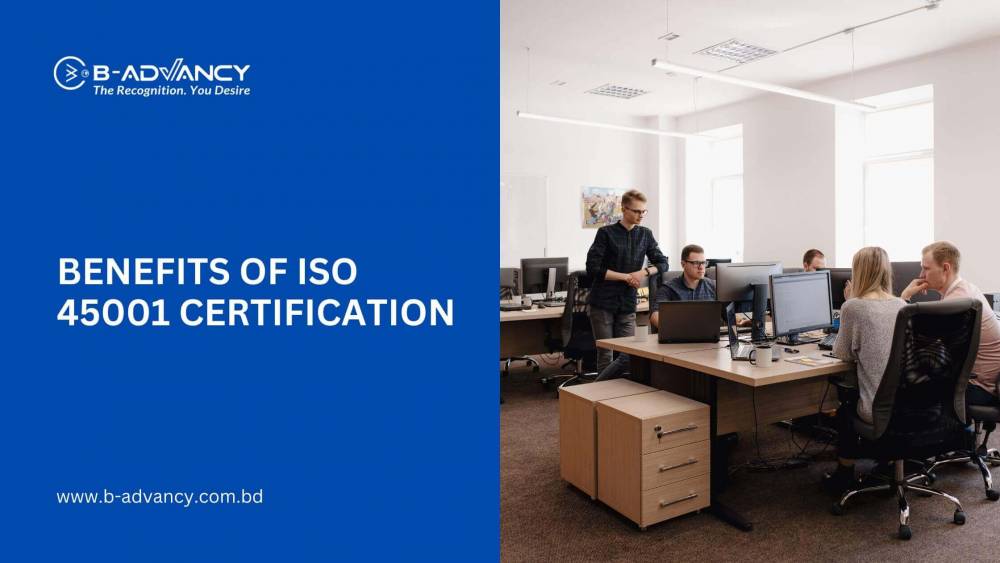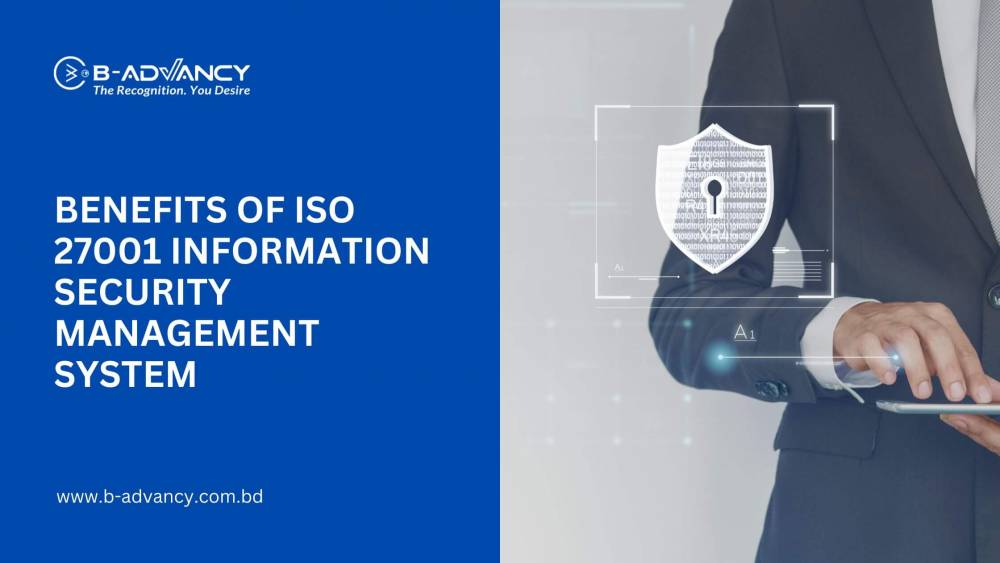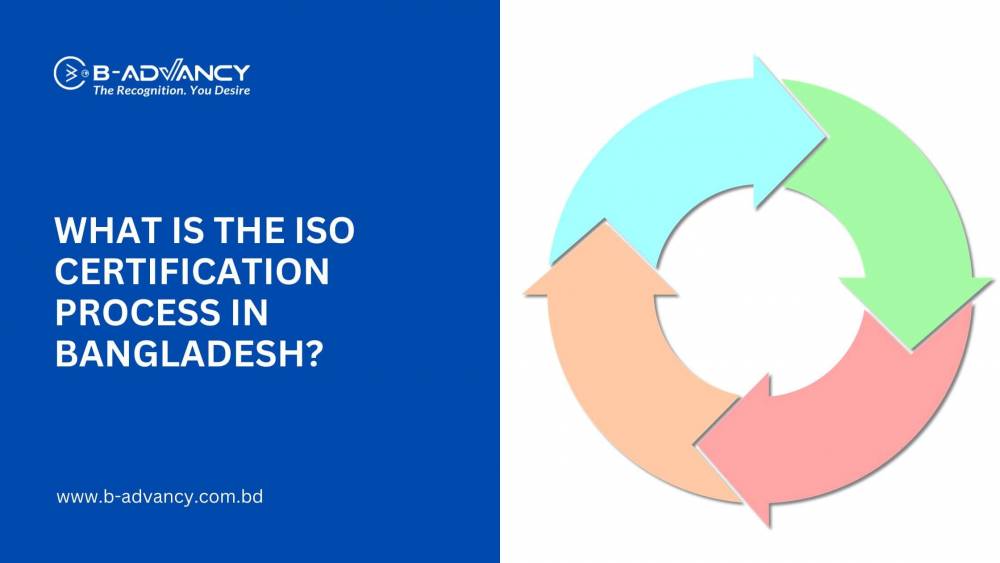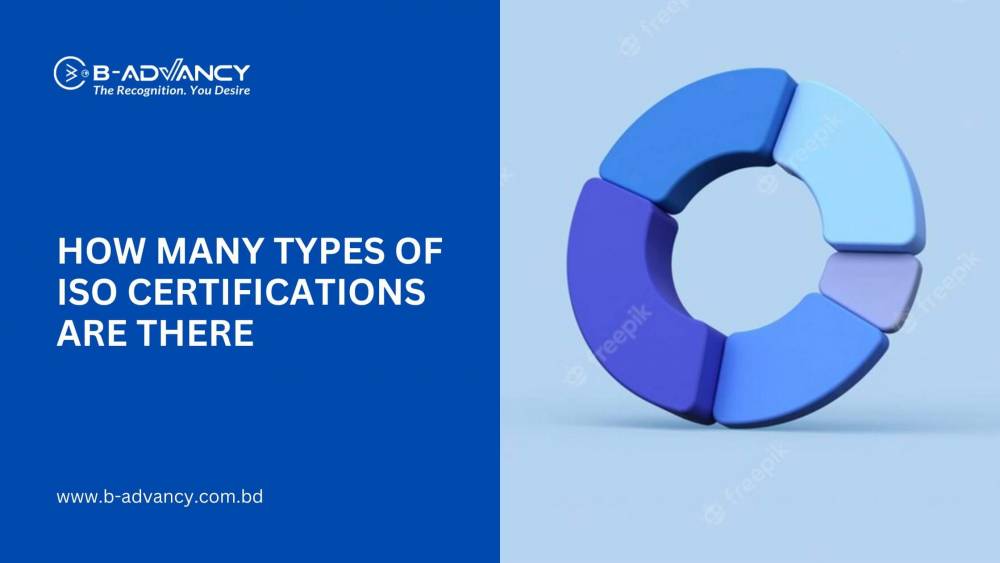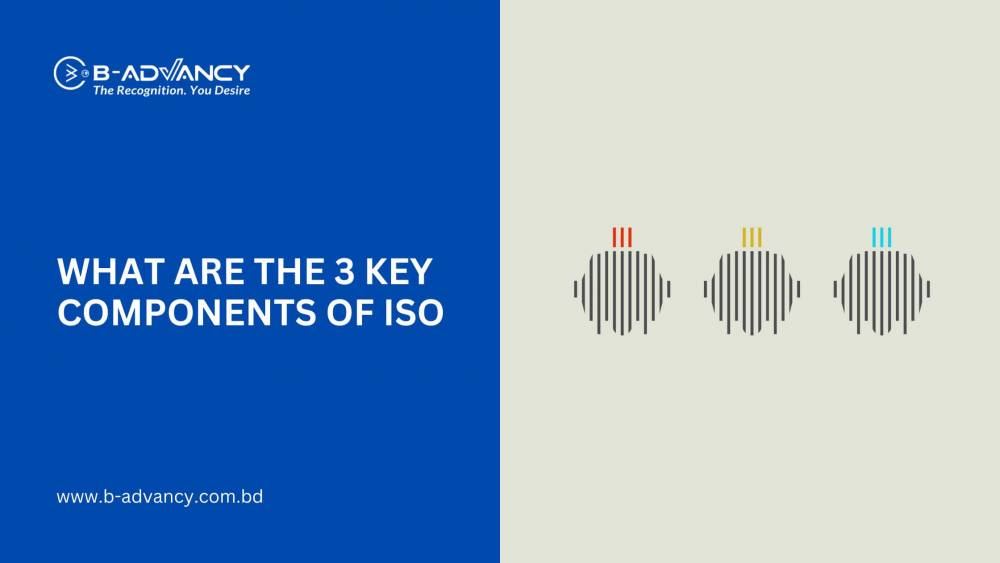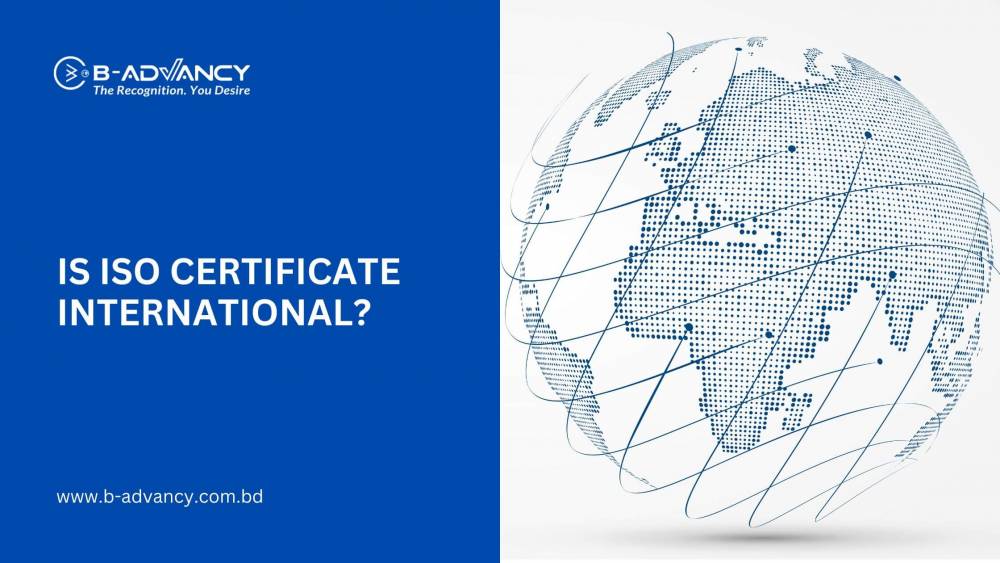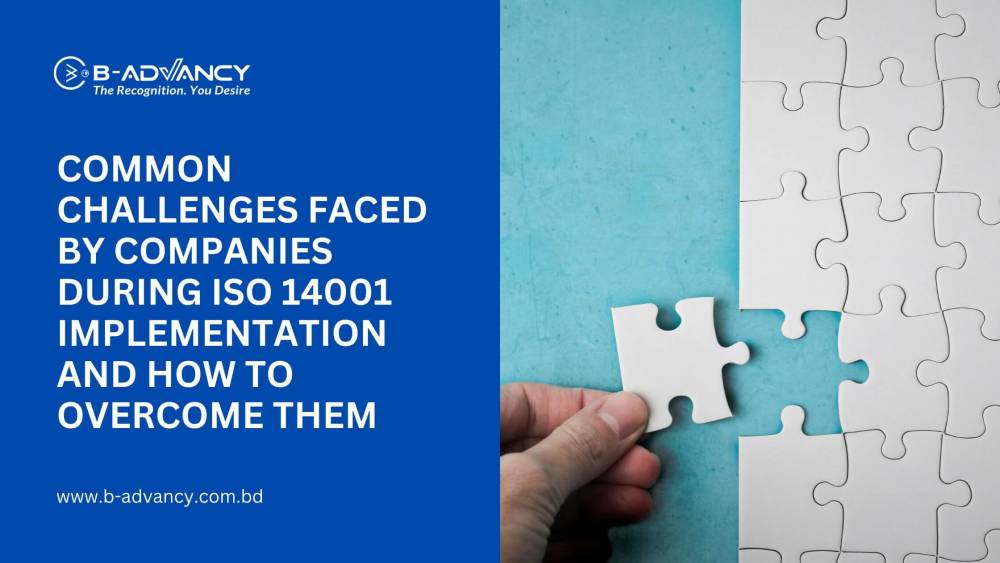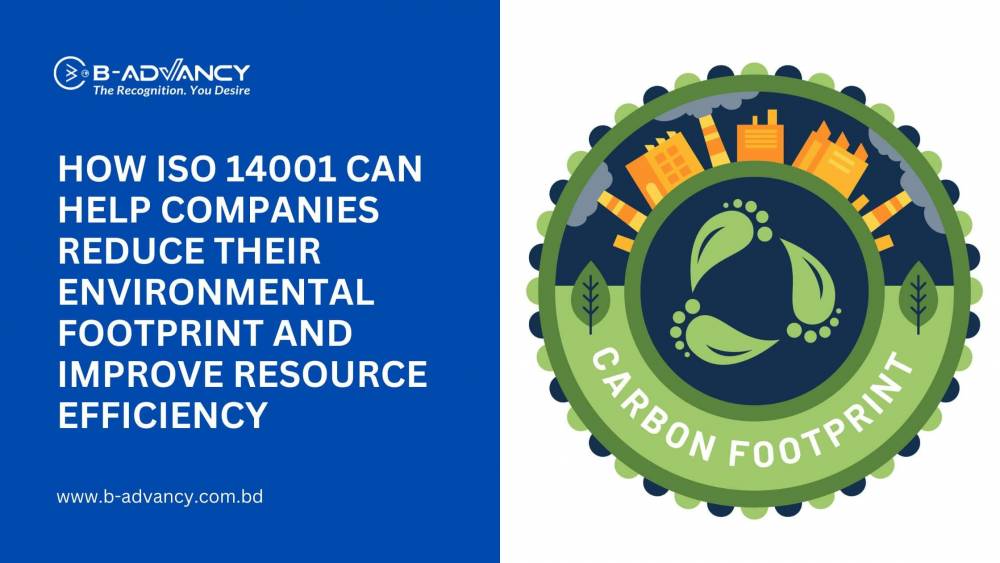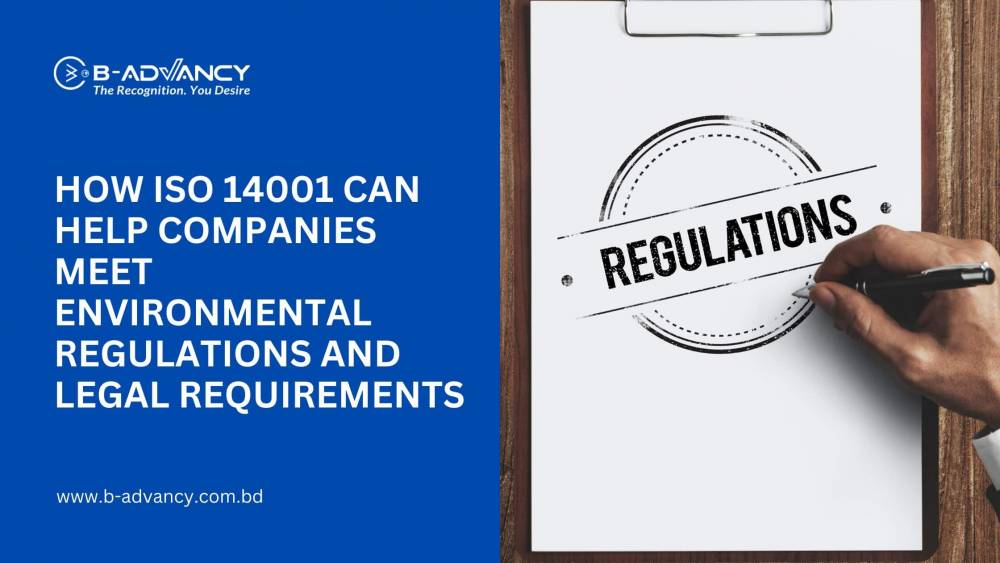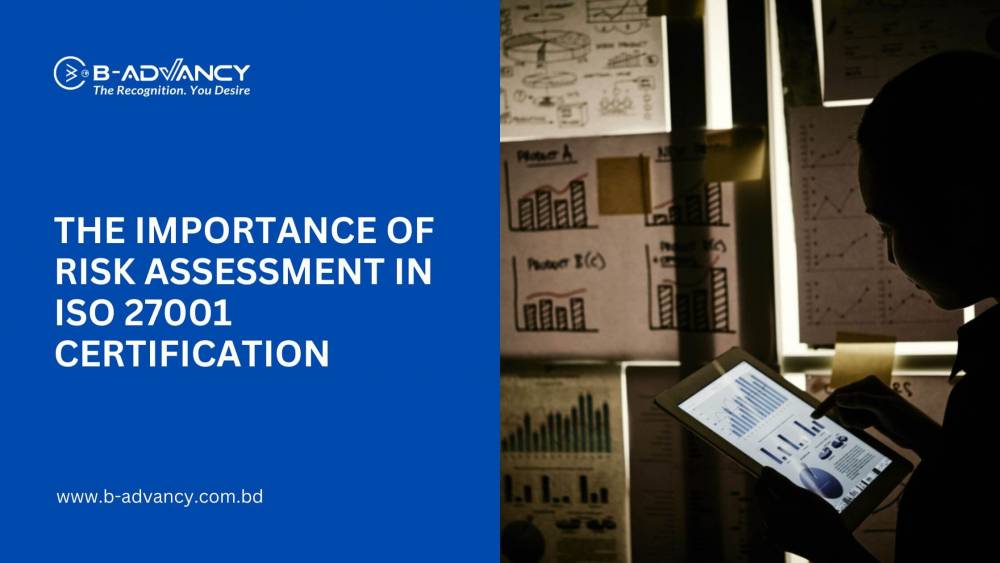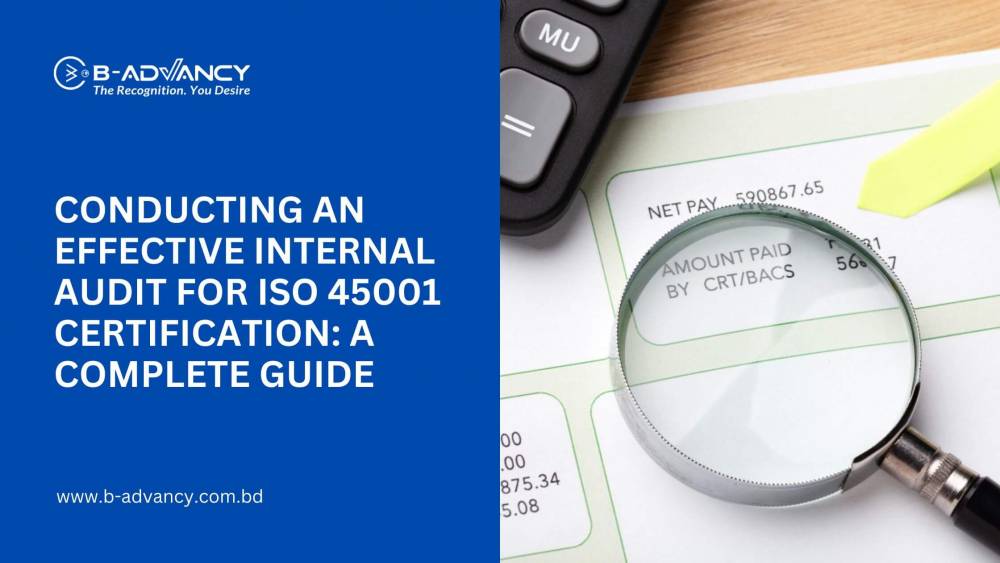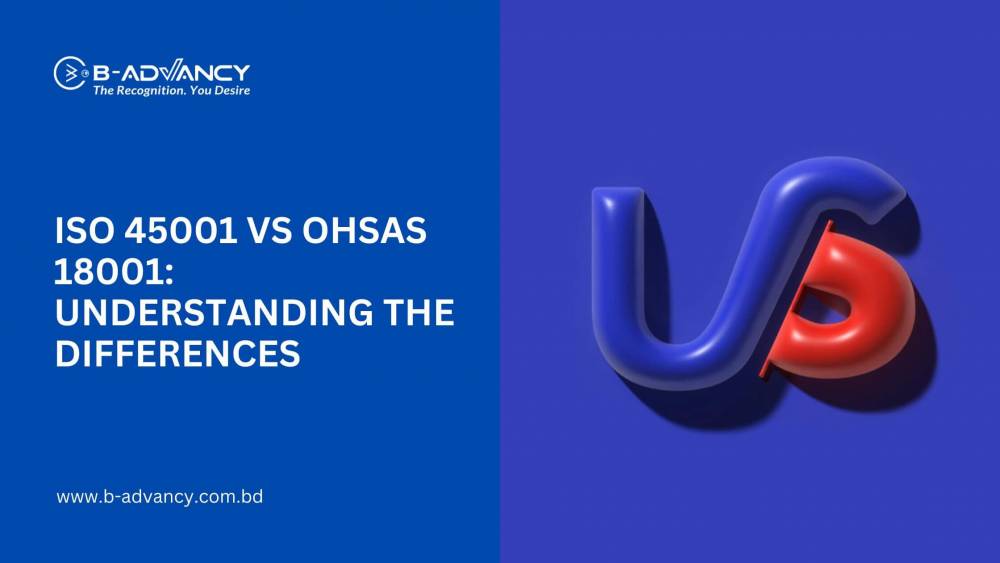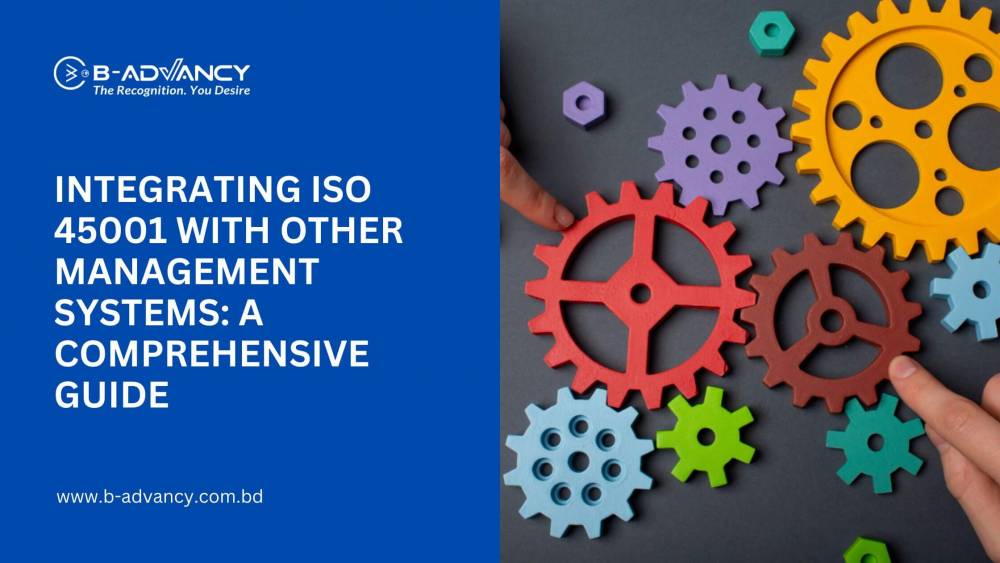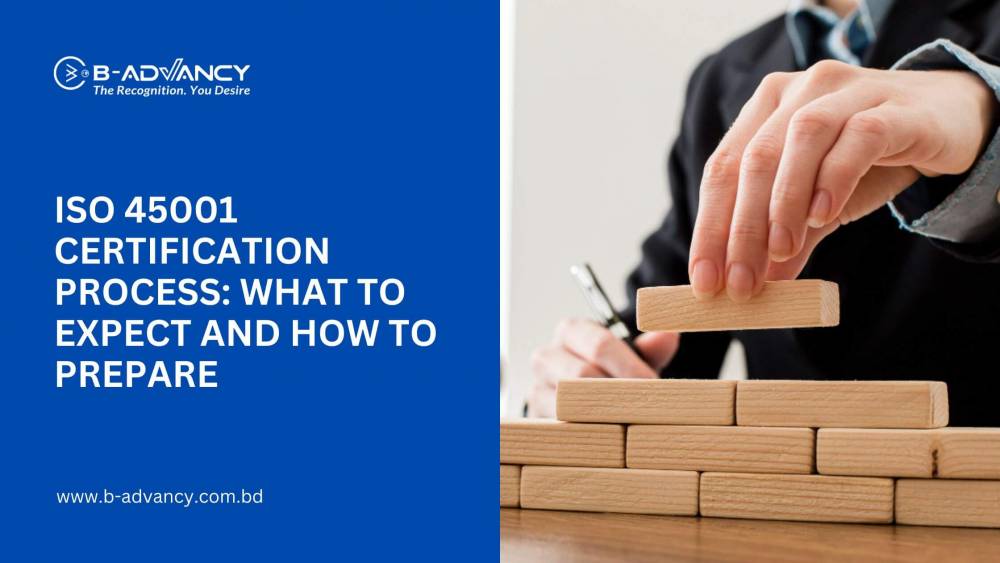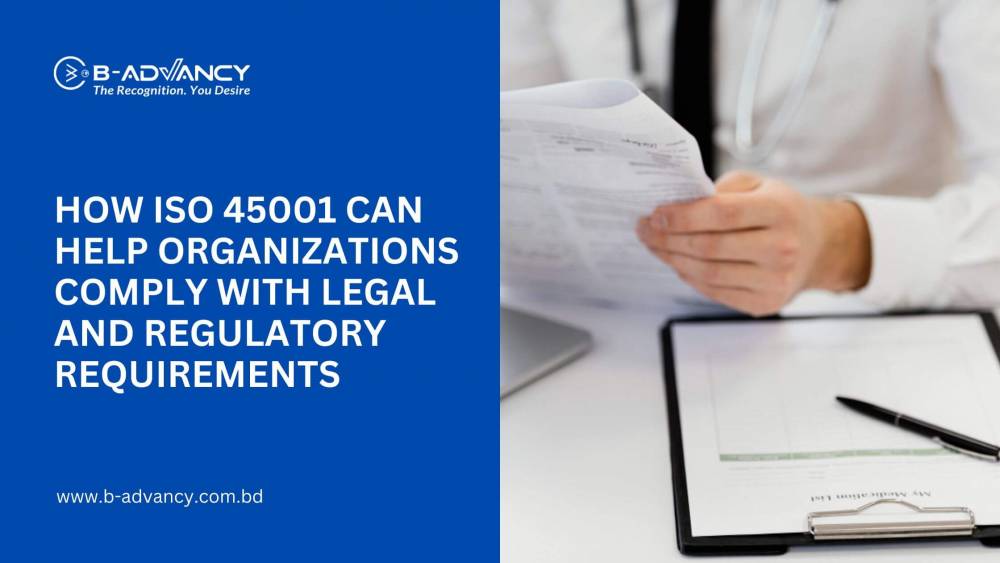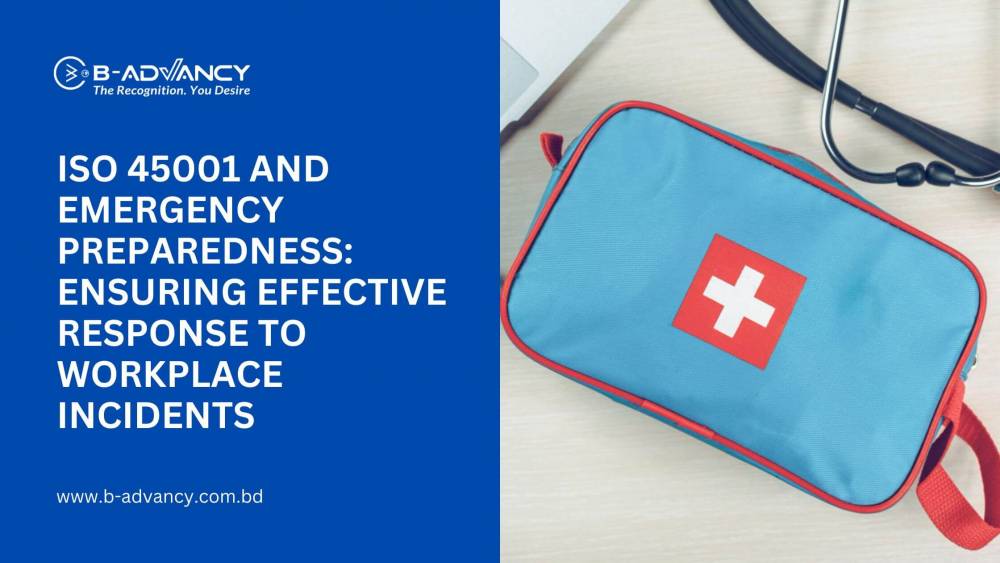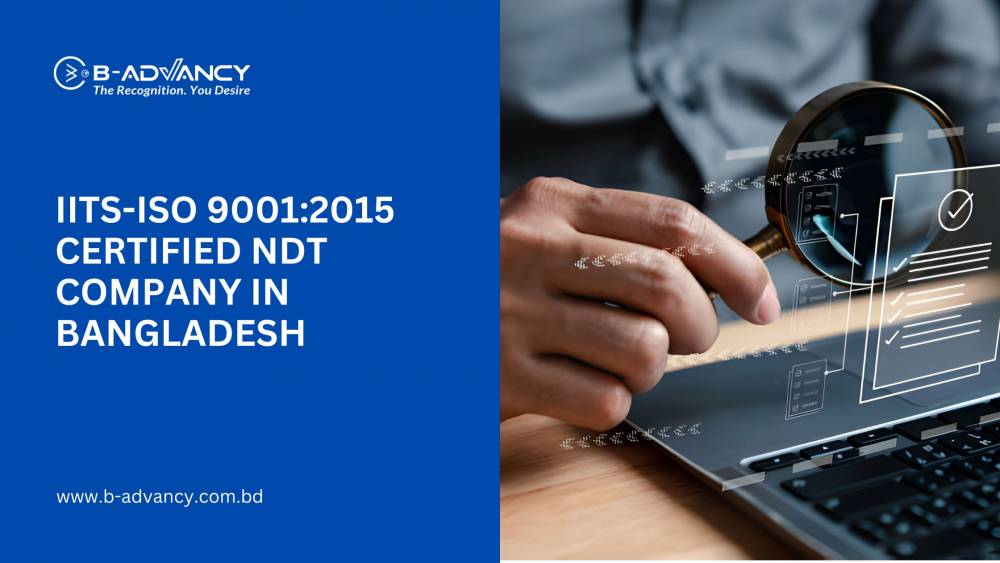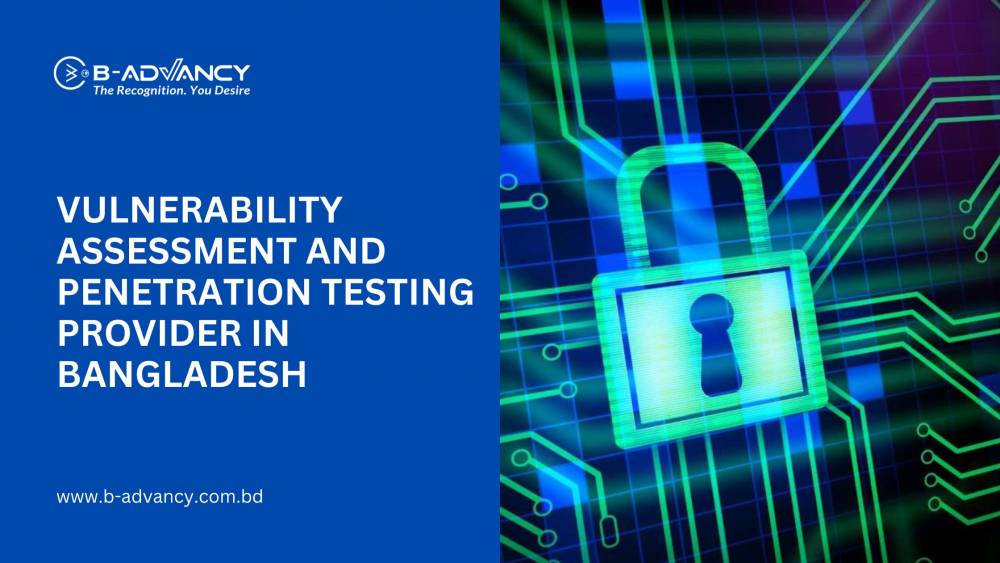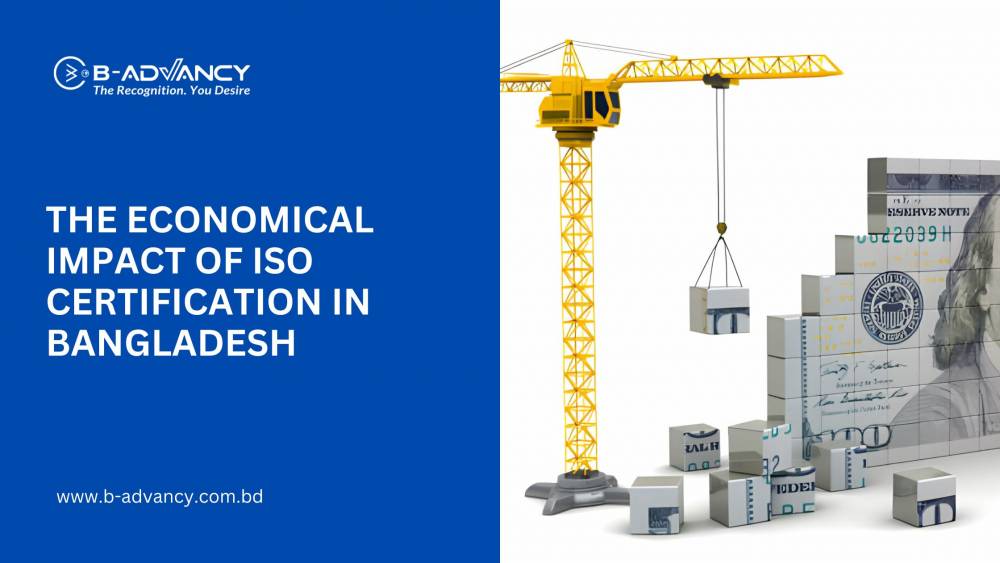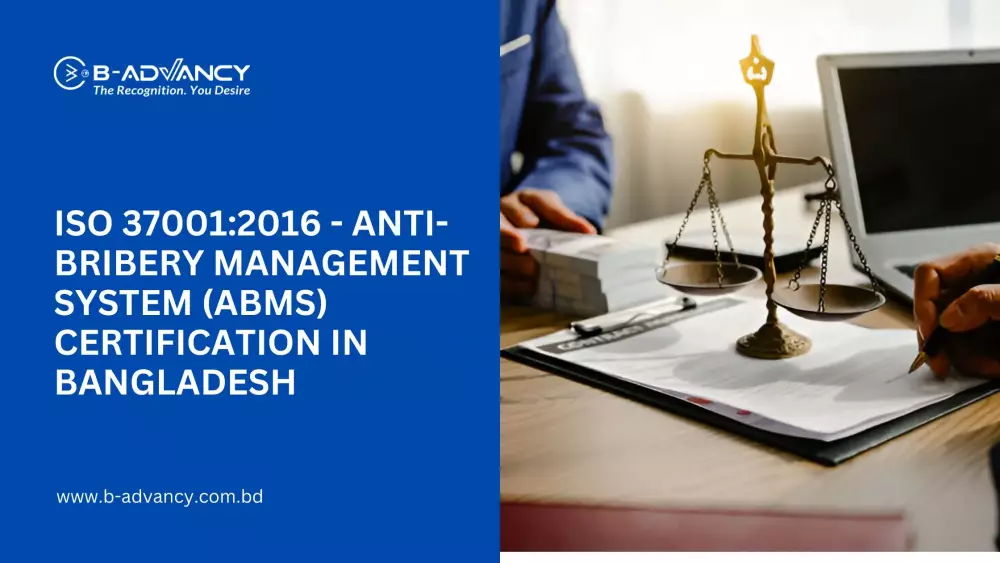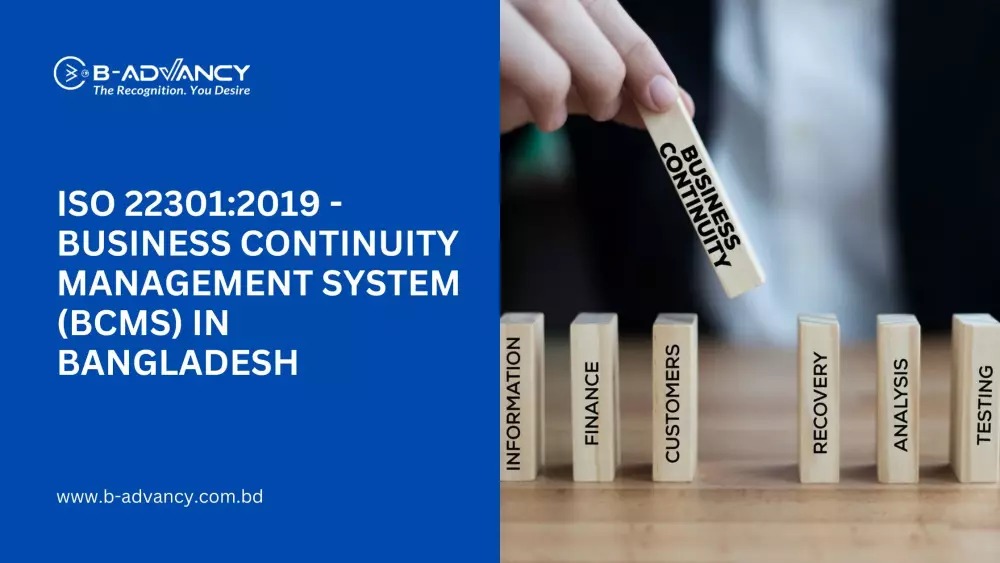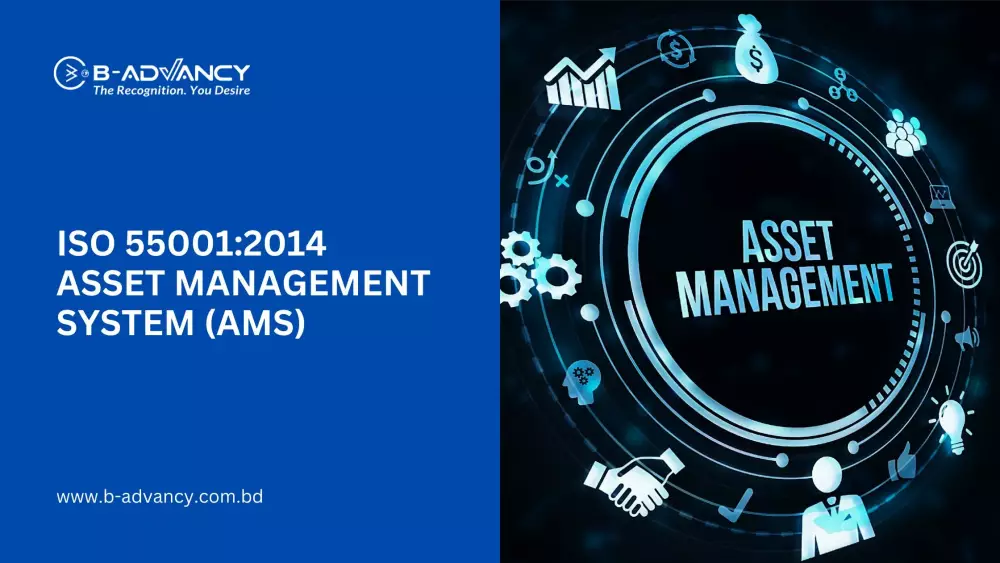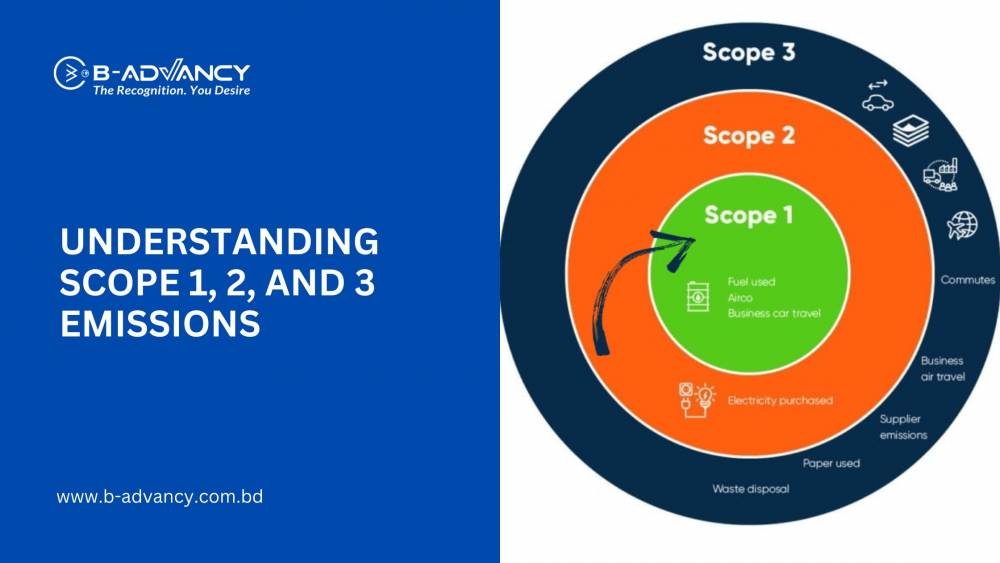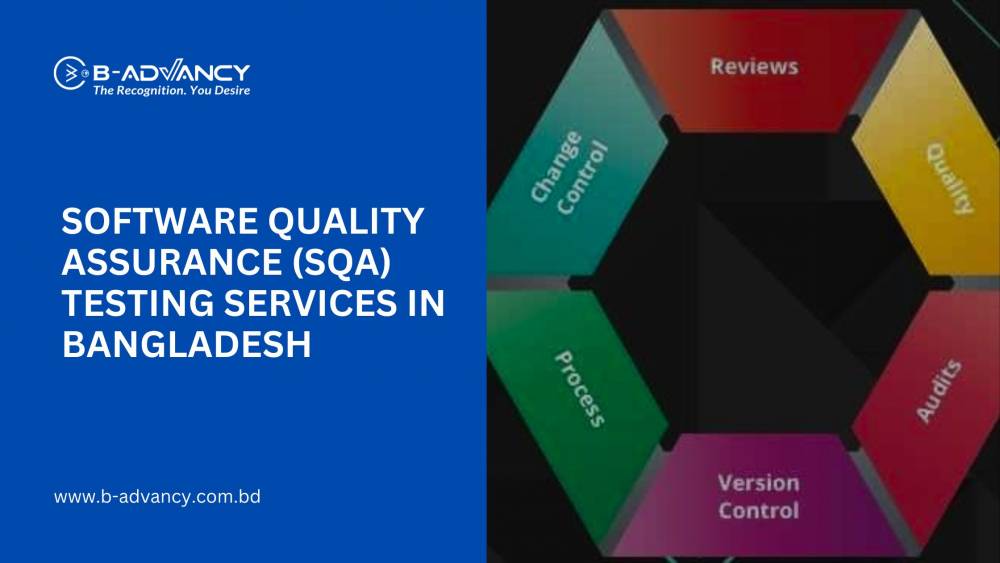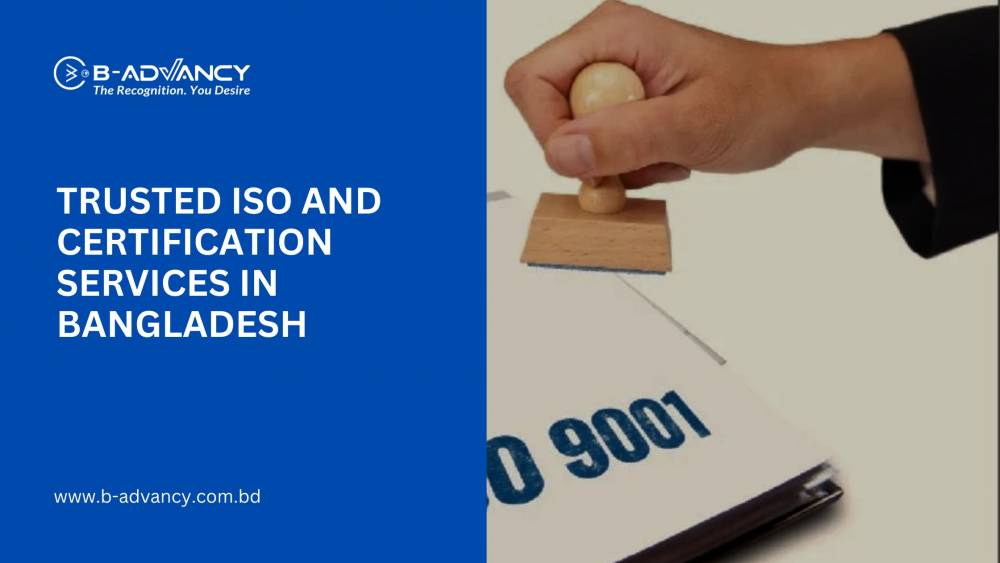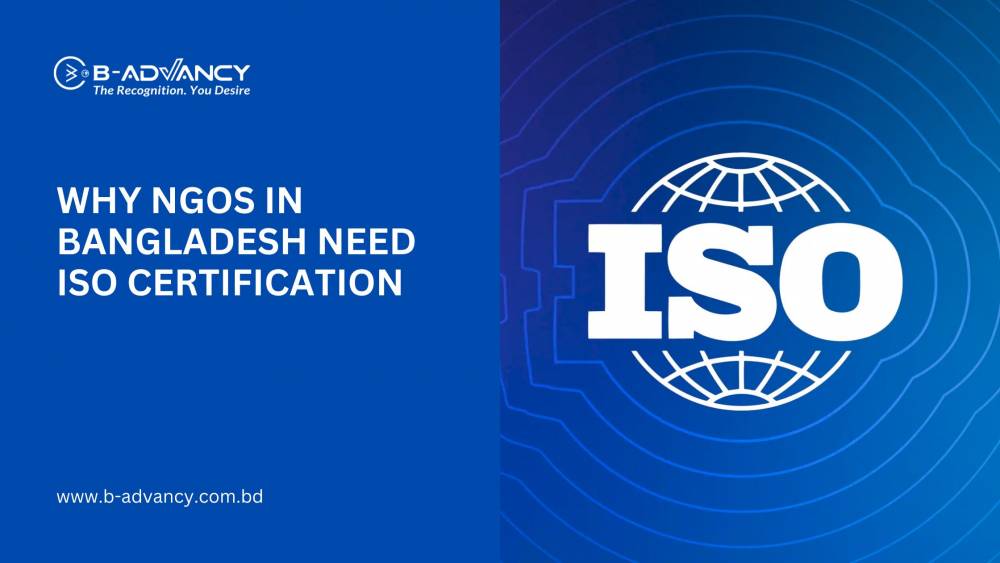Introduction:
ISO 14001 is an internationally recognized environmental management standard that provides organizations with a framework for managing their environmental impacts. Implementing this standard can bring numerous benefits, including improved environmental performance, reduced costs, and enhanced reputation. However, many organizations are hesitant to implement ISO 14001 due to concerns about the return on investment (ROI). In this blog post, we will discuss how to measure the ROI of ISO 14001 implementation.
Understanding ROI of ISO 14001 implementation
ROI, or return on investment, is a measure of the financial benefits that result from an investment compared to the cost of that investment. To calculate ROI, you divide the financial gain from an investment by the cost of that investment. The resulting percentage tells you how much money you earned for each dollar you invested.
In the case of ISO 14001 implementation, calculating ROI can be a bit more complicated. This is because the benefits of ISO 14001 implementation go beyond financial gain. However, it is still important to measure the ROI of ISO 14001 implementation, as it helps organizations to understand the value of their investment in sustainability.
Identifying the Benefits of ISO 14001 Implementation
ISO 14001 implementation can bring numerous benefits to organizations. These benefits can be grouped into four categories: environmental benefits, operational benefits, financial benefits, and reputation and stakeholder benefits.
Environmental benefits of ISO 14001 implementation include reduced environmental impacts, improved compliance with environmental regulations, and increased resource efficiency. For example, after implementing ISO 14001, a manufacturing company was able to reduce its water usage by 25% and its energy usage by 15%.
Operational benefits of ISO 14001 implementation include increased efficiency, reduced waste, and improved risk management. For example, after implementing ISO 14001, a chemical company was able to reduce its hazardous waste generation by 20%.
Financial benefits of ISO 14001 implementation include reduced costs and increased revenue. For example, after implementing ISO 14001, a food processing company was able to reduce its waste disposal costs by 50%.
Reputation and stakeholder benefits of ISO 14001 implementation include improved relationships with customers, investors, and the local community. For example, after implementing ISO 14001, a telecommunications company was able to improve its reputation among customers and investors as a responsible and sustainable business.
Factors affecting ROI of ISO 14001 implementation
Several factors can affect the ROI of ISO 14001 implementation. These factors include the size of the organization, industry sector, level of implementation, and geographical location.
For example, a small organization may have lower implementation costs and may be able to achieve a higher ROI compared to a larger organization. Similarly, organizations in certain industry sectors, such as manufacturing, may be able to achieve a higher ROI compared to organizations in other sectors, such as services. The level of implementation, or how thoroughly an organization implements ISO 14001, can also affect ROI. Finally, organizations in different geographical locations may face different costs and benefits associated with ISO 14001 implementation.
Measuring the ROI of ISO 14001 implementation
To measure the ROI of ISO 14001 implementation, organizations should identify the costs and benefits associated with implementation. This includes both financial and non-financial costs and benefits.
Once these costs and benefits have been identified, organizations can conduct a cost-benefit analysis to determine the overall value of ISO 14001 implementation. This involves comparing the costs of implementation to the benefits that are expected to result from implementation.
Finally, organizations can calculate the ROI of ISO 14001 implementation by dividing the financial gain from implementation by the cost of implementation. For example, if a company invests $50,000 in ISO 14001 implementation and expects to save $100,000 in waste disposal costs over the next five years, the ROI would be calculated as follows:
ROI = ($100,000 - $50,000) / $50,000 x 100%
ROI = 100%
This means that for every dollar invested in ISO 14001 implementation, the organization can expect to earn an additional dollar in financial gain.
It is important to note that calculating the ROI of ISO 14001 implementation can be challenging, as it may be difficult to quantify some of the non-financial benefits. However, even if organizations are not able to calculate an exact ROI, the process of identifying the costs and benefits of ISO 14001 implementation can be valuable in itself.
Tips for improving ROI of ISO 14001 implementation
There are several tips that organizations can follow to improve the ROI of ISO 14001 implementation:
Engage employees: Employee engagement is key to successful ISO 14001 implementation. Engaged employees are more likely to identify opportunities for improvement and to implement changes that can result in cost savings and other benefits.
Continuous improvement: ISO 14001 requires organizations to continuously monitor and improve their environmental performance. By embracing a culture of continuous improvement, organizations can identify and implement new cost-saving measures over time.
Efficient use of resources: ISO 14001 encourages organizations to use resources efficiently, which can result in cost savings. For example, reducing water usage can lower water bills, while reducing energy usage can lower electricity bills.
Incorporating sustainability into business strategy: By incorporating sustainability into their overall business strategy, organizations can identify new opportunities for growth and revenue generation. This can improve the overall ROI of ISO 14001 implementation.
Conclusion
In conclusion, measuring the ROI of ISO 14001 implementation is essential for organizations to demonstrate the value of their investment in sustainability. By identifying the costs and benefits of ISO 14001 implementation, organizations can determine whether the benefits outweigh the costs, and whether the investment is worthwhile. Although calculating the ROI of ISO 14001 implementation can be challenging, the process of identifying the costs and benefits can be valuable in itself. By following the tips outlined in this article and learning from case studies like 3M, organizations can improve the ROI of ISO 14001 implementation and reap the benefits of improved environmental performance, reduced costs, and enhanced reputation.

